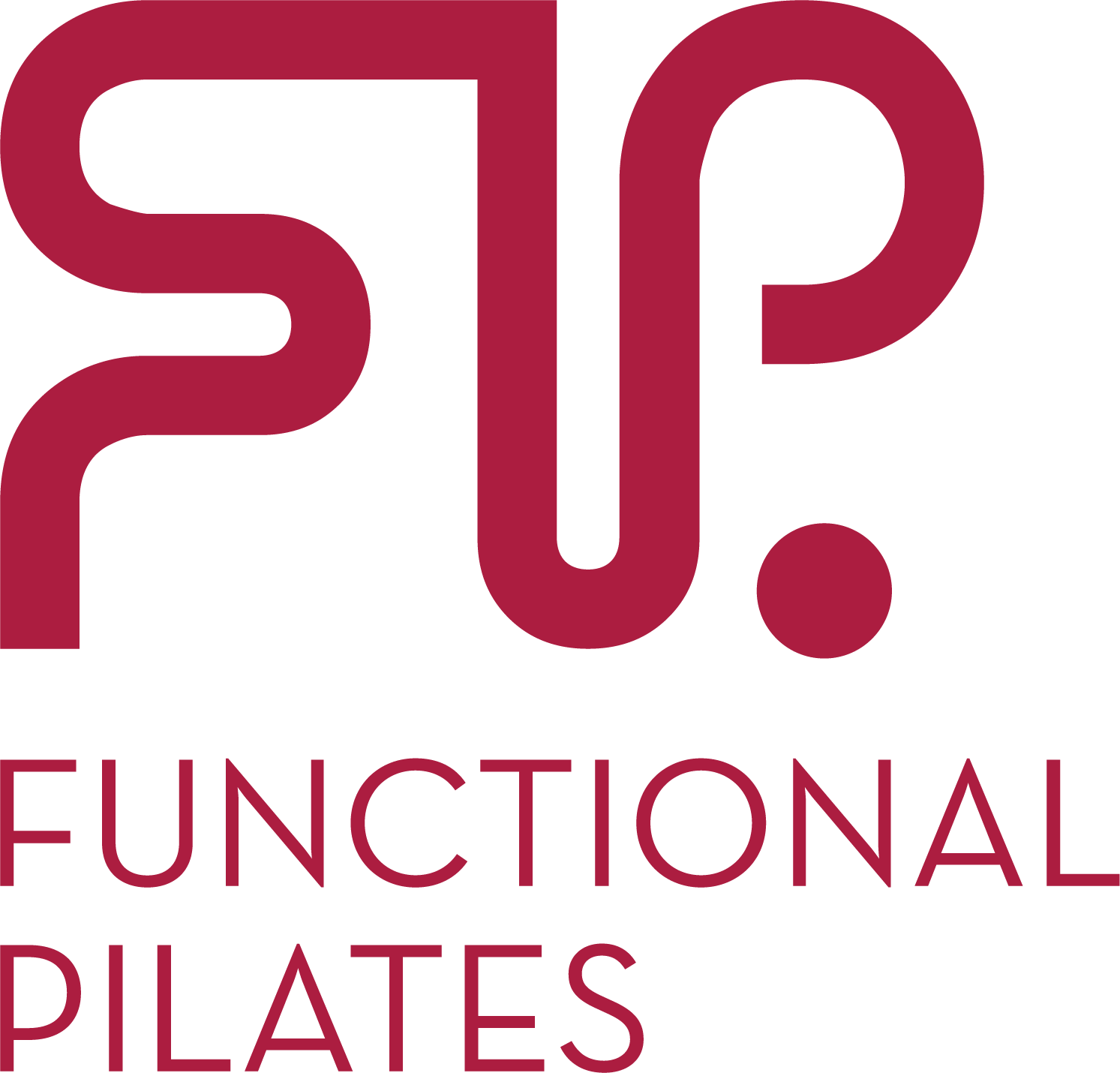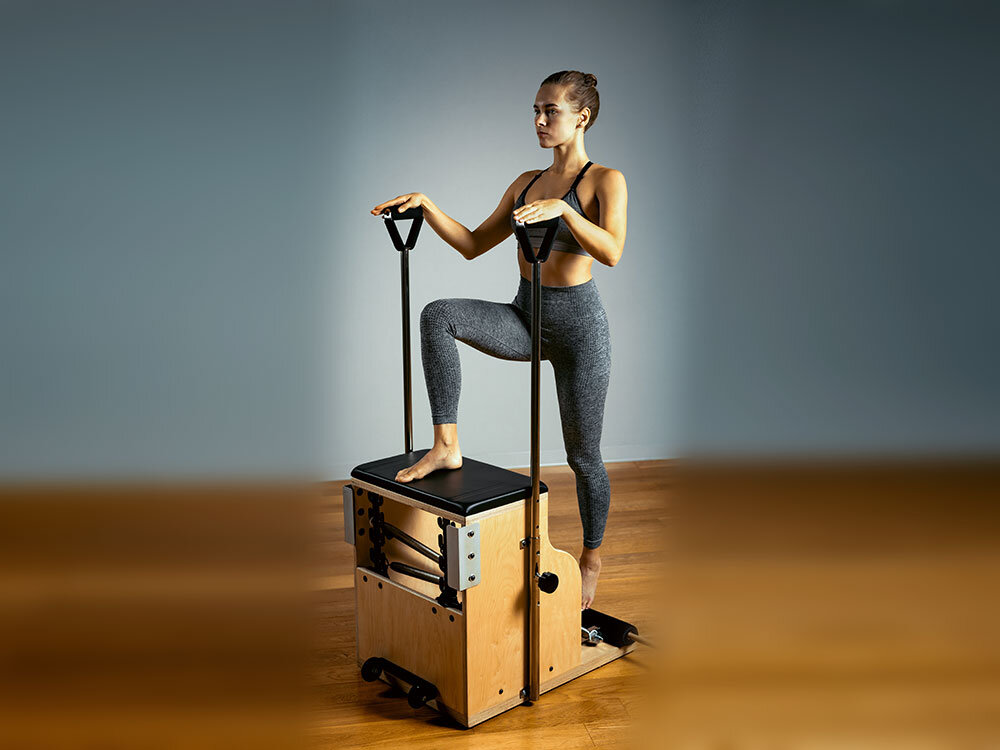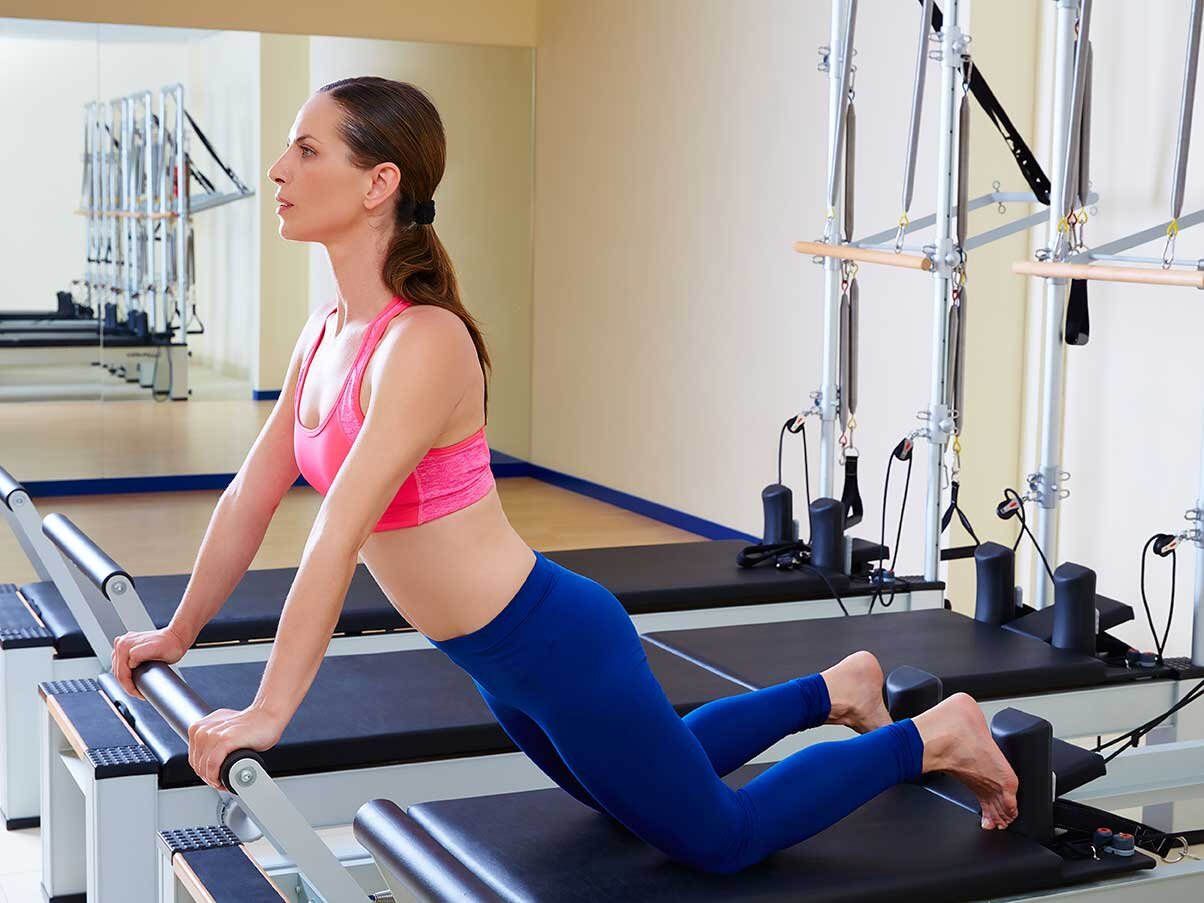What is Functional Movement?
© Functional Pilates & Filippa Minnelli 2020
What is Functional Movement?
Functional movements include the actions and tasks that are important to you today, those you wish to maintain long term, and those you wish to add in the future.
Your movement life changes as your requirements change: as a teenager you may have wanted to jump for the netball and football; in your 20s you may have explored the world backpacking, and in your 30-40s you may have needed to sit for 8 hours for your working day.
There are various functional movements that will remain important throughout life, such as walking. Others will change as a result of needs or wants, needing to lift heavier items for work and wanting to learn to ski.
Each activity will require a different focus and different functional training.
Are any of these functional movements important to you today or will they be important in the future? Each functional movement has a different focus and different training requirements.
The first photo below is an example of a well selected exercise in the Pilates studio, using apparatus called the Wunda chair. This exercise is helpful for training the functional movements needed for rock climbing or walking up stairs.
Further, the exercise in the first photo below, using the Pilates apparatus known as the Reformer, can be used to train the functional movements needed for pushing a pram or a supermarket trolley.
“Movement specialist, are you sure this is valid functional training for me? I just wanted to get better at tiptoeing around my wife.”
Even the activities that you assume you have mastered and which have seemingly remain unchanged, may at closer inspection have changed over time.
For example, observe the differences between a grandmother and her granddaughter as they walk alongside each other.
In this case, the muscular pattern of walking can change from energetic lunges to a side stepping shuffle - good function evolving into dysfunction.
We have various movement options from which we can choose. These options provide us with variations and versatility in movements which we can adapt to different activities.
Even so, we have each developed ways of moving and habitually use these patterns without question.
Why would you question your movement patterns unless there is a need to, like a history of pain or unless it becomes apparent that some of the ways you move are no longer working in your favour?
How would you know to question if your movement patterns are causing underlying issues and consequently not beneficial for musculoskeletal health?
Good musculoskeletal health considers the integrity of the whole body during an action, not just the moving parts. For example when lifting a heavy object with your arms we must consider the effects it is having elsewhere, such as at your lower back or your neck.
“When you train your functional movements, train them with musculoskeletal health in mind.”
Take home points:
We help you train your functional movements that are important to you.
When you train your functional movements we train them with musculoskeletal health in mind.
In this series:








